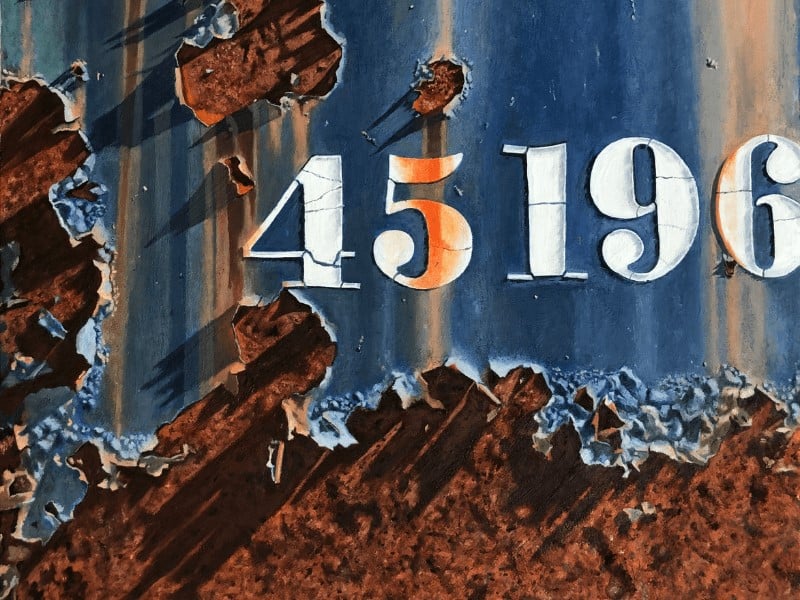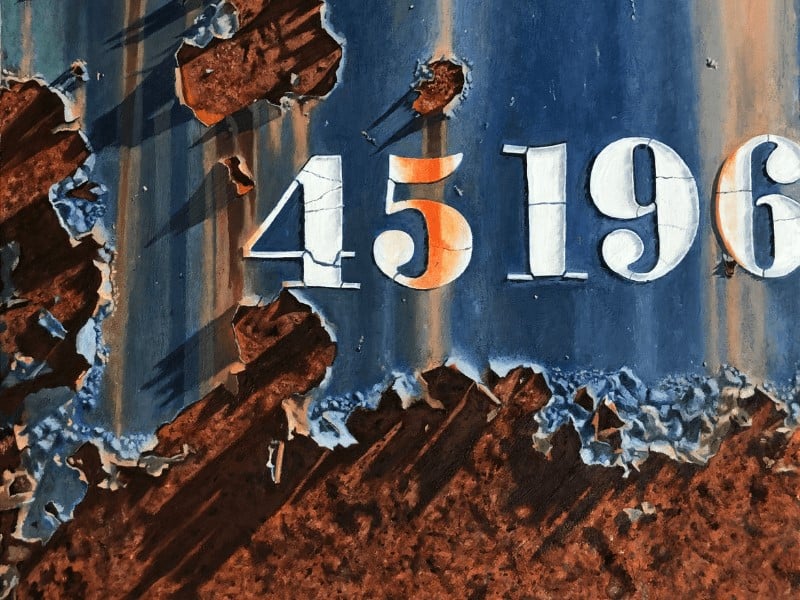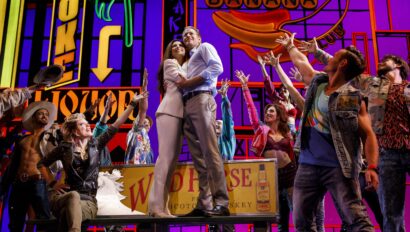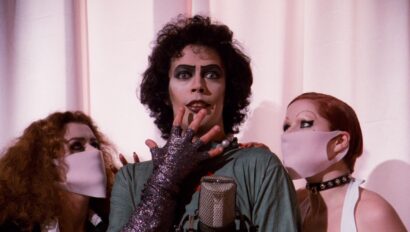Behind the Scenes with Tracy Spadafora and the Left Behind exhibit

Lisa Condit spoke with artist Tracy Spadafora about her exhibit “Left Behind”, her career, ArtsWorcester and more. Read on for highlights from the interview, or listen to the full interview below. Tune in to Talk of the Commonwealth with Hank Stolz on WCRN 830AM Fridays at 9 AM and Saturdays at 1 PM for more behind-the-scenes interviews.
Lisa: Thank you all for listening to Behind the Scenes at The Hanover Theatre. This is Lisa Condit and I’m pleased to tell you that I’m here with Tracy Spadafora, the artist of “Left Behind,” whose artwork is on exhibit in our Franklin Square Salon. The public is welcome to see her beautiful work on Saturdays through April 23. Welcome, Tracy!
Tracy: Hi! Thank you for having me.
Lisa: Absolutely! It’s interesting because you’re a visual artist, and we’re here in an audio manner. We’d love for people to come and see your work, and I feel like it needs a little description and explanation. I think there’s nobody better than the artist behind the work to do that, and I’d love for you to describe what we have here on exhibit for you. Talk about yourself, let people know who you are and how you got here.
Tracy: The exhibition is made up of paintings and drawings from the new series that I’ve been working on. The series is called “Left Behind” and the paintings and drawings in the exhibition are all of garbage dumpsters. That may sound a little strange, but the artwork is close-ups of parts of the garbage dumpsters, specifically focusing on the weathered surface such as the rusting metal, peeling paint, scratches and graffiti that, in my mind, make the garbage dumpsters look very beautiful. Another thing that I’m interested in is recording the visual history of these dumpsters. Dumpsters are everywhere; they’re containers of waste. Even though they are everywhere, they often go unnoticed.
I think by drawing and painting the rich colors, textures and marks on the surface of these containers, I feel that I’m giving them significance and visibility. This is important, too, because I feel like I’m giving them permanence as a record of the human footprint on our environment.
Tracy Spadafora
Lisa: It’s interesting because the layers that you’ve captured are beautiful. You’re right, people might hear that it’s trash and be like, “What? She’s taking pictures of trash?” But, you have found the beauty. It’s like, one man’s trash is another person’s treasure. In a way, I feel like that describes part of what people might be able to get out of this. I’m curious, how did you come up with the idea of this exhibit? What first got you interested in taking a closer look at what some of us may overlook because we think it’s a trash container.
Tracy: I’ve been taking photographs of worn surfaces for many years, things like crumbling brick, peeling paint, weathered wood and rusting metal. I’m interested in the visual history that is revealed within the marks, textures and colors as structures age and deteriorate. In previous series of work, I have used these photographs as a background for my mixed media paintings and collages, not only because of their visual beauty but as representations of transformation and the passage of time. I eventually was transitioning out of another series of work and looking for something new to focus my attention on, and I started using these photographic images as the subjects for my new paintings.

Lisa: It’s an evolution of your work, for sure. It’s almost like your own archeological thing to go back to the beginning and where you started with this.
Tracy: My first paintings were crumbling walls, and I would’ve kept painting the crumbling walls if it weren’t for a beautifully worn garbage dumpster that I discovered outside the parking garage of the college I was teaching at. I took about 100 photographs of that dumpster and I just had to paint it.
After painting that first dumpster, I was definitely intrigued and started actively looking for dumpsters to photograph, paint and draw. That often happens in art; one thing leads to another.
Tracy Spadafora
Lisa:I have to ask, were you always a doodler or sketch artist? Were you always interested in visual arts, or was there a period of time where you said, “This is what I need to do for my life’s work”?
Tracy: I was always into art from the time I was a young child. I was a pretty quiet kid, and I used to escape the noise and commotion of my large family by going into my room to draw. I’m a visual learner, so I was good at art and I was also very fortunate to be encouraged by my family and teachers from an early age. I think when that happens, you just continue with something. We didn’t have any artists in our family but my mother has always been a creative person with many artistic talents. I think she inspired us to use our imagination and be creative. Eventually, I studied at the College of Fine Arts at Boston University in 1985.
Lisa: We are so fortunate to have so many fantastic resources within a short drive here in Massachusetts to help hone the skills you’re talking about.
Tracy: I went to school in the Boston area and I eventually ended up back in the Boston area and have been a teacher here ever since. I’ve been connected to Worcester for about 30 years. I have lived in Westborough, which is part of Worcester County, for the past 17 years. Before I lived in the area, I communted to Worcester from Boston for 13 years to teach art classes at the Worcester Art Museum. That was one of the ways that I got to be more familiar with the city of Worcester. I also enjoyed seeing the exhibitions at ArtsWorcester over the years, many of my friends had exhibitions through Arts Worcester. I finally became a member a few years ago, and ArtsWorcester is a great organization that helps to support and connect artists, and it brings great art to the larger Worcester community. I want to publicly thank ArtsWorcester for choosing my work to be exhibited at the Franklin Square Salon at The Hanover Theatre. It’s an honor and it’s a great space.
Lisa: We also love ArtsWorcester for many, many reasons. We are thrilled to have your work here. I want to remind everyone that our regular gallery hours are free to attend, Saturdays from 11 AM to 1 PM. You can reserve your spot ahead of time at TheHanoverTheatre.org, contacting the Box Office at 877.571.SHOW (7469) or by visiting the Box Office the day-of.


